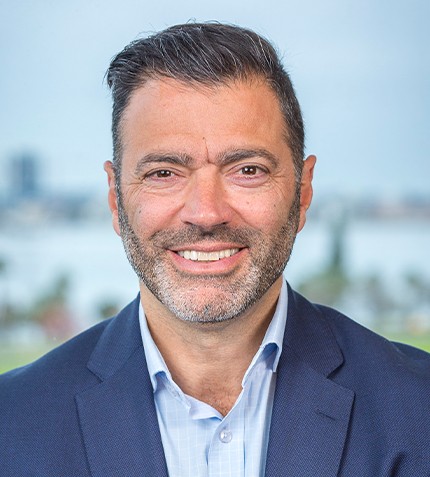
PUBLICATION
South Africa Power 2014 POWER Release
South Africa’s critical power situation has been the subject of much talk and speculation since 2008, when the country experienced its first electricity crisis after enjoying a surplus of cheap electricity since the 1980s. However, low levels of investment in the country’s power infrastructure over the last three decades and growth in demand have forced Eskom, South Africa’s public electricity company, to upgrade its existing plants. Two new coal-fired power plants, Medupi and Kusile, were commissioned in 2007 and are now nearing completion, almost a year behind schedule. Brian Dames, Eskom’s most recent former CEO, noted: “South Africa has a constrained energy system and as Eskom, we are very transparent about it.” Acknowledgement of mismanagement by the parastatal has not done much to prevent further blackouts early in 2014.
Yet in the midst of South Africa’s electricity woes, one of South Africa’s greatest success stories is being written. As private participation through Independent Power Producers has expanded through the Renewable Independent Power Producers Program (REIPPP), the hope is to replicate this model to generate further base load capacity. Through private participation, South Africa can leverage its domestic coal and access to its own potential gas reserves to, once again, become an energy hub for Africa. The updated 2013 version of the Integrated Resource Plan (IRP) seeks to rationalize consumption and diversify the energy mix. As the country plans to invest R385 billion ($50 billion) in new capacity projects over the next five years, South Africa’s energy sector holds challenging and exciting opportunities.







